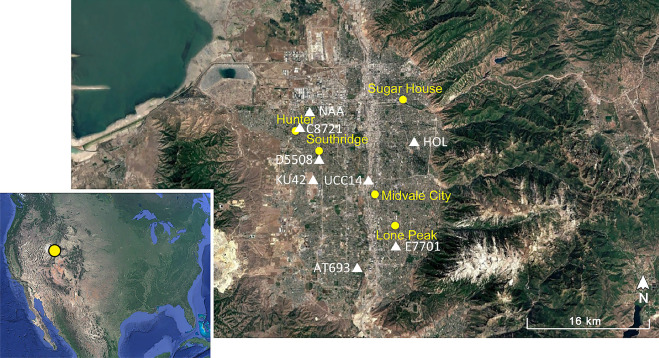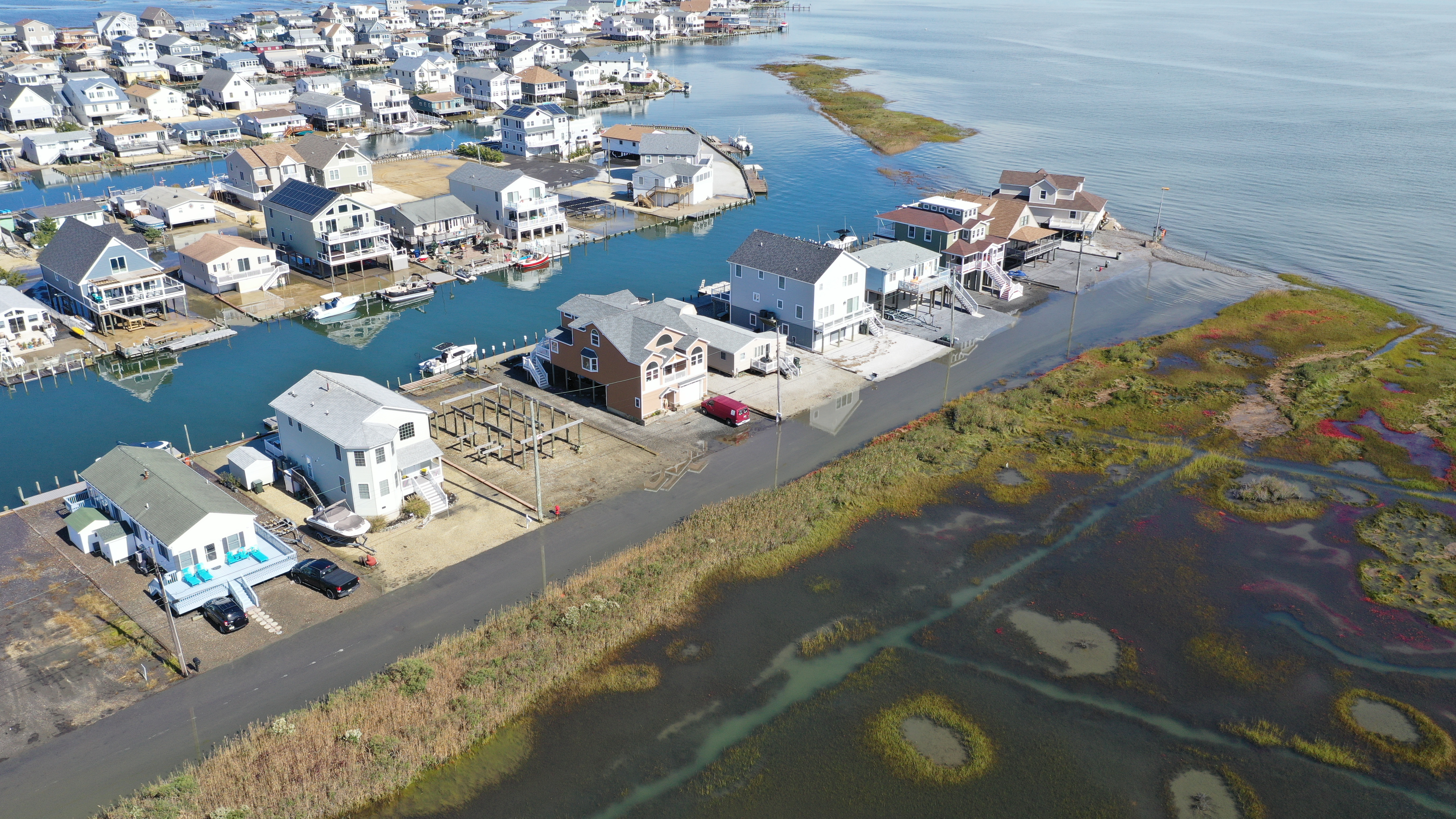To mitigate heat in light of climate change, city planners are replacing artificial surfaces with vegetation cover. In water-limited regions, they have to balance the benefit of cooler temperatures with conserving water. A University of Utah study found that mixed landscapes are the best way to mitigate the heat island effect in semi-arid regions.

